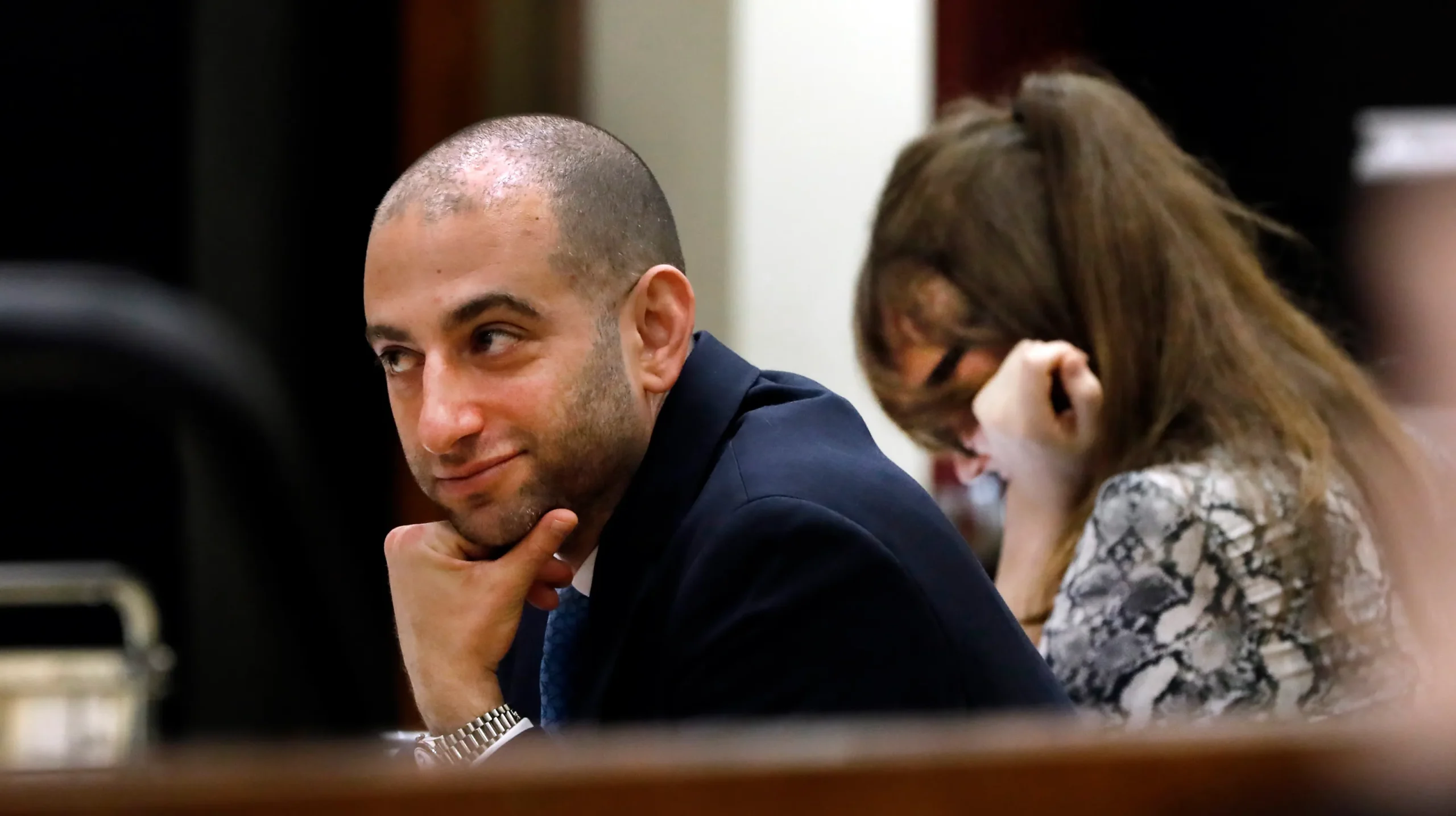Blog
Preventing Harm to Children: Our Shared Responsibility
Contents
When kids are exposed to violence, abuse, or neglect, the damage can last a lifetime. As caring adults, it’s on all of us to protect vulnerable children in our families and communities. While reporting abuse is critical, true prevention starts by fostering nurturing environments where kids can thrive.This article covers actionable tips to safeguard children from harm. Topics include:
- Promoting healthy home environments
- Recognizing and reporting child abuse
- Advocating for community support programs
- Teaching kids personal body safety
- Creating cultural norms that value children
With vigilance and compassion, we can work collectively to prevent child exploitation and make the world safer for our most precious resource – our children.
Setting Clear Rules and Expectations at Home

Child development experts agree that stable home environments with consistent rules and engaged caregivers set kids up for success. Tips for maintaining loving yet structured households include:
- Establish daily routines – Regular schedules for meals, schoolwork, playtime, and bedtimes provide comfort. Kids do best when they know what to expect.
- Set reasonable limits – Clarify rules about safety, technology use, chores, and behavior. Enforce limits calmly and consistently.
- Model healthy behaviors – Children learn from our example. Manage stress and anger in constructive ways, without violence or substance abuse.
- Make time for family activities – Bonding through regular conversations, shared meals, or fun outings meets children’s emotional needs.
Of course parenting can be exhausting. Having local support networks provides vital resources when challenges arise.
Recognizing the Signs of Child Abuse
While kids seldom disclose abuse directly, changes in behavior often indicate underlying trauma. Signs of emotional, physical or sexual abuse can include:
- Unexplained injuries, bruises, burns, or bite marks
- Lack of supervision and basic care
- Poor hygiene, under/overeating
- Sexual behaviors/knowledge beyond developmental age
- Depression, anxiety, withdrawal from friends
- Problems in school like falling grades
Every state has mandatory reporting laws requiring people who interact with children professionally to notify Child Protective Services about suspected abuse or neglect. Some states allow anyone to make good faith reports without fear of legal repercussions.If a child discloses harm, remaining calm and non-judgmental is important. Assure them you believe them, it wasn’t their fault, and you will get help. Understanding local reporting procedures ensures kids get access to advocates and counselors.
Increasing Community Support Programs
Prevention starts on the broader community level by addressing root causes of child maltreatment like poverty, lack of education, inadequate housing, and unemployment. Expanding resources for families facing adversity is key.Policymakers can help through legislation like:
- Increasing funding for respite care, mental healthcare, parent education and family crisis services
- Improving coordination between social services and law enforcement
- Enhancing economic supports like affordable housing, transportation access, job training programs and living wages
Community members can help through direct involvement like:
- Volunteering as mentors, tutors or coaches in after-school programs
- Donating supplies to family resource centers
- Participating in peer parenting groups to reduce isolation
- Contacting media and legislators urging expanded support programs
When parents have access to knowledge, emotional support and concrete resources, they can better provide safe, nurturing homes enabling kids to thrive.
Teaching Personal Safety and Body Autonomy
Children with knowledge of privacy and consent are less vulnerable to manipulation. Age-appropriate education helps kids recognize inappropriate behaviors, disclose boundary violations and access help. Key principles adults can instill include:
For Young Children
- Their body belongs to them alone
- Differences between safe and unsafe touch
- No keeping secrets about touch
- Identifying grown-ups they trust to talk with
For Pre-Teens
- Relationships involving secrecy or threats are wrong
- How to clearly refuse unwanted touch
- Warning signs of grooming behaviors
- Dangers of sending sexual images or conversations
Programs like the Mama Bear Effect provide excellent tools to start safety conversations adjusted for kids’ developmental stage. While uncomfortable for some adults, equipping children with knowledge and support systems promotes resilience.
Fostering Cultural Norms That Value Children
Shifting attitudes and social norms is key for meaningful progress preventing exploitation. Public awareness campaigns addressing topics like healthy child development, reporting suspected abuse and mandating child protection policies for youth-serving organizations can positively impact communities.Prevention in action looks like:
- Displaying artwork and PSAs affirming every child’s inherent worth
- Hosting rallies and events supporting abuse survivors
- Lobbying governments to expand family support resources and penalize enablers
- Boycotting institutions that fail to protect children
- Reporting suspicious behaviors and images related to child exploitation
On family, neighborhood and societal levels, establishing clear boundaries about harm against children sends the message it will never be tolerated.
In Summary
With vigilance, education and community support, protecting vulnerable children from abuse is possible. Set clear expectations in your own home, recognize concerning behaviors, teach kids body safety rules, and advocate for family resources. Report suspected maltreatment, fund prevention programs, and demand institutions value children’s welfare.Child exploitation ends when we collectively say: “Not on my watch.” Our children deserve no less. I hope these practical tips on preventing different forms of child endangerment provide helpful guidance. Please let me know if you have any other questions!Additional Resources:Child Welfare Information Gateway – State laws/reporting contactsNational Child Abuse Hotline – 24/7 crisis supportPrevent Child Abuse America – Prevention education/advocacy









